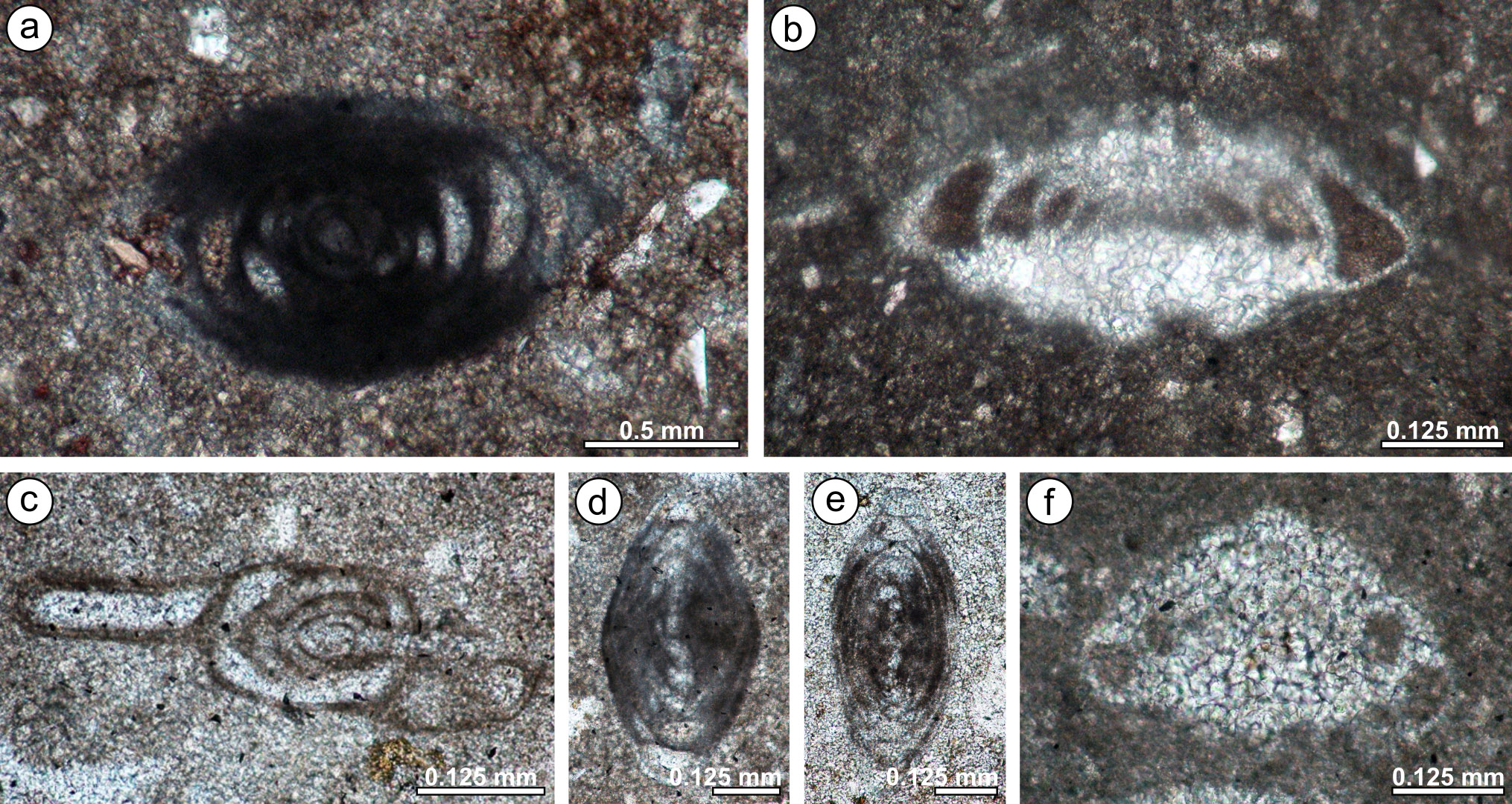RHAETIAN FORAMINIFERS FROM THE WESTERN BLACK SEA SHELF: NEW EVIDENCE FOR HETEROZOAN CARBONATE FACTORIES IN THE PALAEOTETHYS
DOI:
https://doi.org/10.13130/2039-4942/16717Keywords:
Romania; North Dobrogean Orogen; Upper Triassic; olistolith; foraminifer; ostracod; palaeoecology.Abstract
The North Dobrogean Orogen (NDO) is a NW-SE trending fold-and-thrust belt in the eastern foreland of the Alpine Carpathian Orogen, palaeogeographically representing the westernmost segment of the Palaeotethys-issued Cimmeride Orogenic System. Eastwards, the NDO structurally extends into the Romanian sector of the western Black Sea continental shelf. The Triassic development of North Dobrogea is well known for its Tethyan-type facies and richness in various groups of fossils, but little attention has been paid to microfacies and fossil content of the offshore Triassic. The drill hole 817 LV of the Lebăda Vest oilfield, offshore Romania, ends in the Rhaetian (Upper Triassic) limestone olistolith, from which a rich association of foraminifers and ostracods was recovered. The limestone also contains sponge spicules, mollusc fragments, echinoderm ossicles, bryozoans, and brachiopods. Foraminiferal assemblage from the residue consists of agglutinated species only. Tolypamminids, Gaudryinopsis triadica (Kristan-Tollmann), G. triassica (Trifonova), G. kelleri (Tappan), Ammobaculites tzankovi (Trifonova), A. zlambachensis Kristan-Tollmann, Verneuilinoides racema (Trifonova), and Trochammina spp. predominate. Non-agglutinated species, determined from thin sections include Ophthalmidium spp., and rare involutinids Trocholina ex gr. intermedia/umbo and “Involutina turgida” (Involutina ex gr. liassica). The rich ostracod assemblage is dominated by Bairdiidae. Species of the Paracyprididae and Sigilliidae families are rather common. The conodont Norigondolella steinbergensis (Mosher) was also found. The deposition is suggested to take place in a relatively deep setting (outer shelf) offshore heterozoan-dominated platform in relatively cool waters.
Metrics

Downloads
Published
Versions
- 2021-11-25 (3)
- 2021-11-10 (2)
- 2021-11-09 (1)
Issue
Section
License
Copyright (c) 2021 LUKA GALE, EUGEN GRĂDINARU, TEA KOLAR-JURKOVŠEK, MARIE-BÉATRICE FOREL, LIDIJA KORAT

This work is licensed under a Creative Commons Attribution-NonCommercial-NoDerivatives 4.0 International License.
The journal allow the author(s) to hold the copyright without restrictions.






